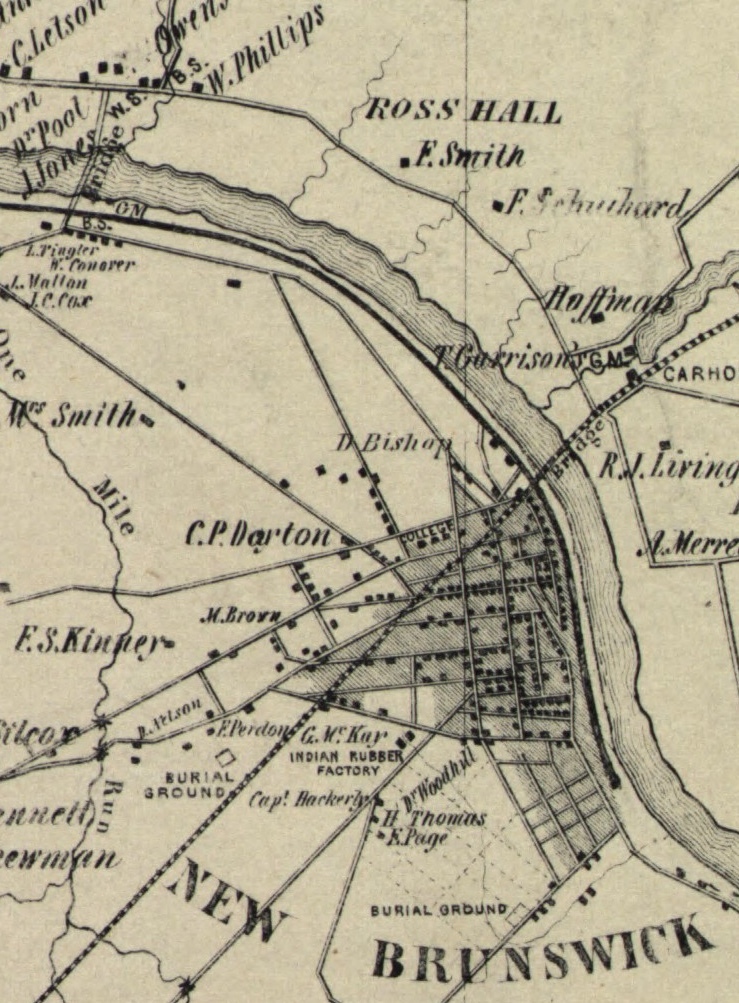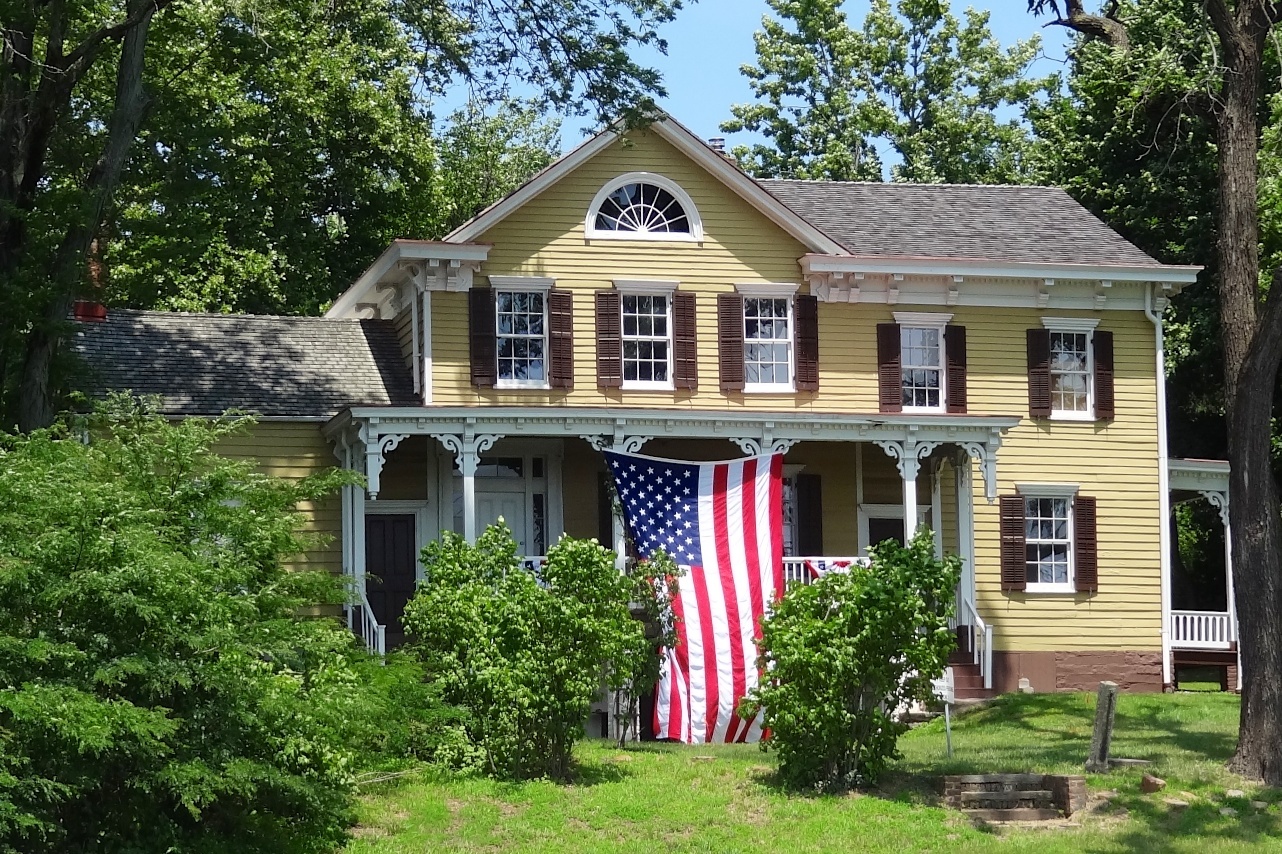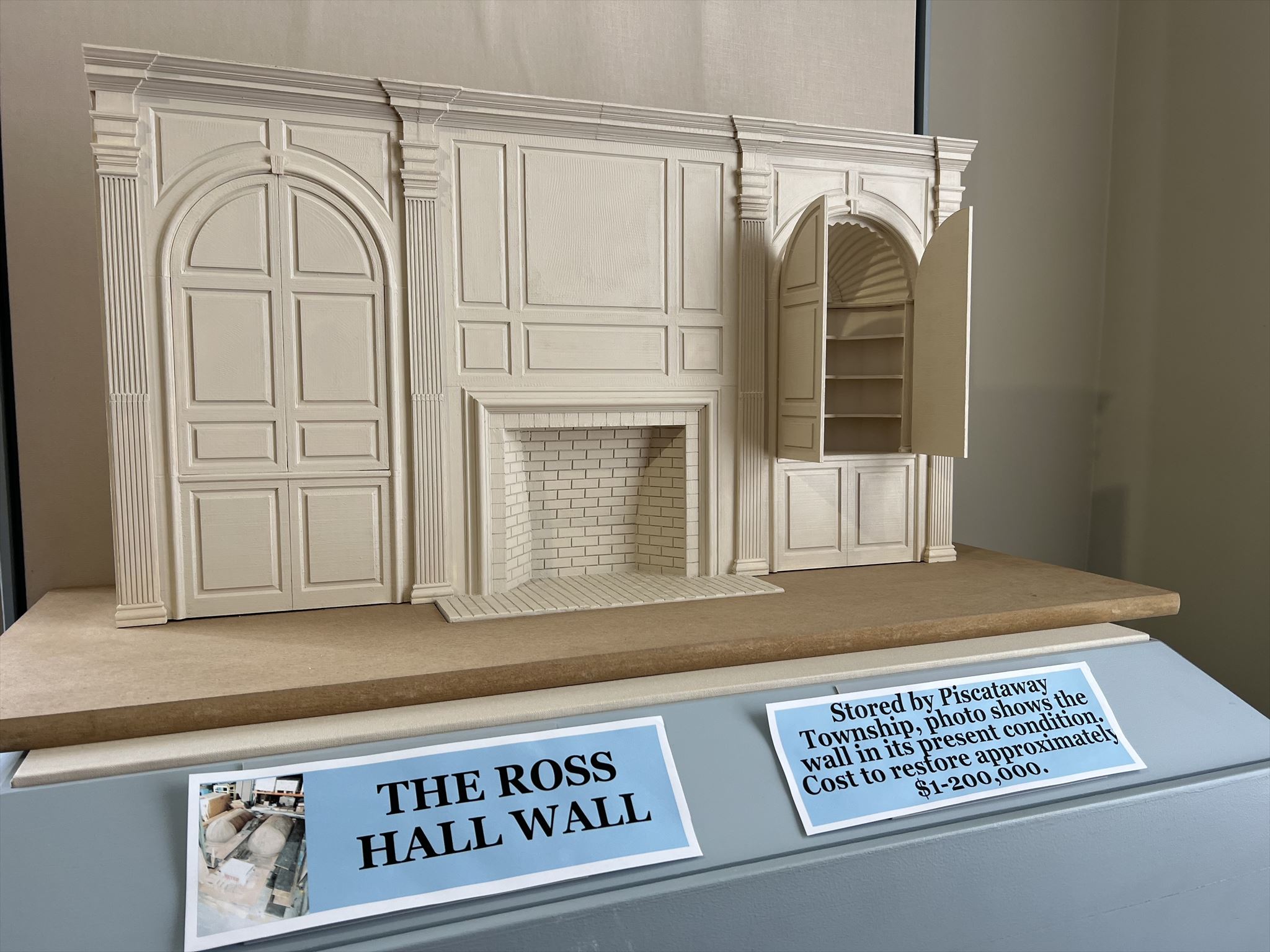“Tomorrow the anniversary of the Declaration of Independence will be celebrated by the firing of 13 pieces of cannon and a feu de joie of the whole line…soldiers are to make the best appearance possible. A double allowance of rum will be served out.”
July 4, 1778, George Washington and the American Army had the first official celebration of America's Independence. (in 1777 the first anniversary was sporadically observed in the 13 colonies).This order marks the first time America’s army recognized Independence Day and the first true celebration of the holiday – sporadic celebrations throughout the colonies happening in July, 1777.
The 11,000 patriots were ordered by General Washington to line the banks of the Raritan River in present day Piscataway's Johnson Park and New Brunswick. The line was two men deep, and stretched east along the Raritan for two miles and celebrated with cannon fire and a musket fire salute.
"The Army will be formed on the Brunswick side of the Raritan at five o’Clock in the afternoon on the ground pointed out by the Quarter Master General. The Soldiers are to adorn their Hats with Green-Boughs and to make the best appearance possible – The disposition will be given in the orders of tomorrow – Double allowance of rum will be served out".
 ”Patriots were ordered by General Washington to line the banks of the Raritan River"
”Patriots were ordered by General Washington to line the banks of the Raritan River"
As the order dictated, at three o’clock in the afternoon on July 4 a cannon fired, signaling the troops to arm and form to march. From four until five o’clock, as cannons fired the second, third and fourth signals, the 11,000 patriots marched across Landing Lane Bridge forming two lines on the Brunswick side of the river. Thirteen cannons then discharged and a final cannon signal ordered the running fire to begin.
 ”1850 map showing Ross Hall and environs"
”1850 map showing Ross Hall and environs"
At the conclusion of the feu de joie Washington ordered his me to all cheered: “Perpetual and undisturbed Independence to the United States of America.” This celebration, so thunderous, was heard by the retreating British forces miles away at Sandy Hook.
Afterwards, at Ross Hall, The Commander-in-Chief, hosted a ball that was attended by at least 100 guests, the general staff, and the brigade commanders had a very pleasant evening, described by one of the men of Washington’s Life Guard as a “Bawl at Head Quarters with great Pompe.” Those in attendance at Ross Hall on River Road in Piscataway included Aide de Camp Alexander Hamilton, Inspector General Major General Friedrich van Steuben, and Major Generals Nathanael Greene and Marquis de Lafayette,and James McHenry.
Washington’s troops came from all thirteen colonies and were all nationalities, creeds and colors. They represented a dissimilar collection of communities and interests and the General recognized the need to establish special dates or events that would bind this diverse group to a core value.
"The Raritan River Valley"
 ”Metlar–Bodine House"
”Metlar–Bodine House"
The new nation soon embarked on building projects to improve its road system, connected important rivers and cities with canals and, in the industrial age, constructed railroads. All of this progress quickly came to Central New Jersey, a transportation "hub" between New York City and Philadelphia. Piscataway, including Raritan Landing, was eclipsed by New Brunswick when the Delaware and Raritan Canal linked the city to Philadelphia, and the railroads and major highways were routed along the north and south edges of the township.
Peter Bodine was a leading merchant at Raritan Landing, one of the nation's earliest river-ports, located in the large 1666 land grant called "Piscataway." His small one room home, with sleeping loft and root cellar, was built in 1728 on a bluff along "The Great Road Up the Raritan" (today's River Road), about 1/4 mile from his warehouse. The busy commercial center survived numerous British incursions and several battles during the Revolutionary War
Before the American Revolution, Raritan Landing and New Market were important commercial centers serving the agricultural community. Crops from Central New Jersey's abundant farmlands were shipped from the Landing to the Caribbean and Europe, and New Market's grist mill provided an important service to area wheat farmers.
The Raritan River Valley suffered greatly during the War for Independence as its inhabitants' sentiments were overwhelmingly anti-British. It endured troop movements, battles, British invasions and occupations. But it also was inspired by the visits of General George Washington and other important patriots: Benjamin Franklin, John Adams, Alexander Hamilton, Baron von Stuben and the Marquis de Lafayette.
 ”Ross Hall parlor wall where Washington issued orders was saved, dismantled is under restoration and will become an addition to the Metlar–Bodine House" This is a model rendering.
”Ross Hall parlor wall where Washington issued orders was saved, dismantled is under restoration and will become an addition to the Metlar–Bodine House" This is a model rendering.
NOTE: Parking is off Logan Lane.
This cache is one of "The American Revolution Geo~Trail" caches throughout New Jersey. These special geocaches are hidden at many historic locations which have a connection to important New Jersey's American Revolutionary War history. To participate in the optional Geo-Trail, after you find the geocache, locate the secret code and record it into your passport which you will print from this website. Information at njpatriots.org
 ”njpatriots.org"
”njpatriots.org"
The Northern New Jersey Cachers, NNJC is about promoting a quality caching experience in Northern New Jersey. For information on The Northern New Jersey Cachers group you can visit: www.nnjc.org.
 nnjc.org & metrogathering.org, & njpatriots.org
nnjc.org & metrogathering.org, & njpatriots.org